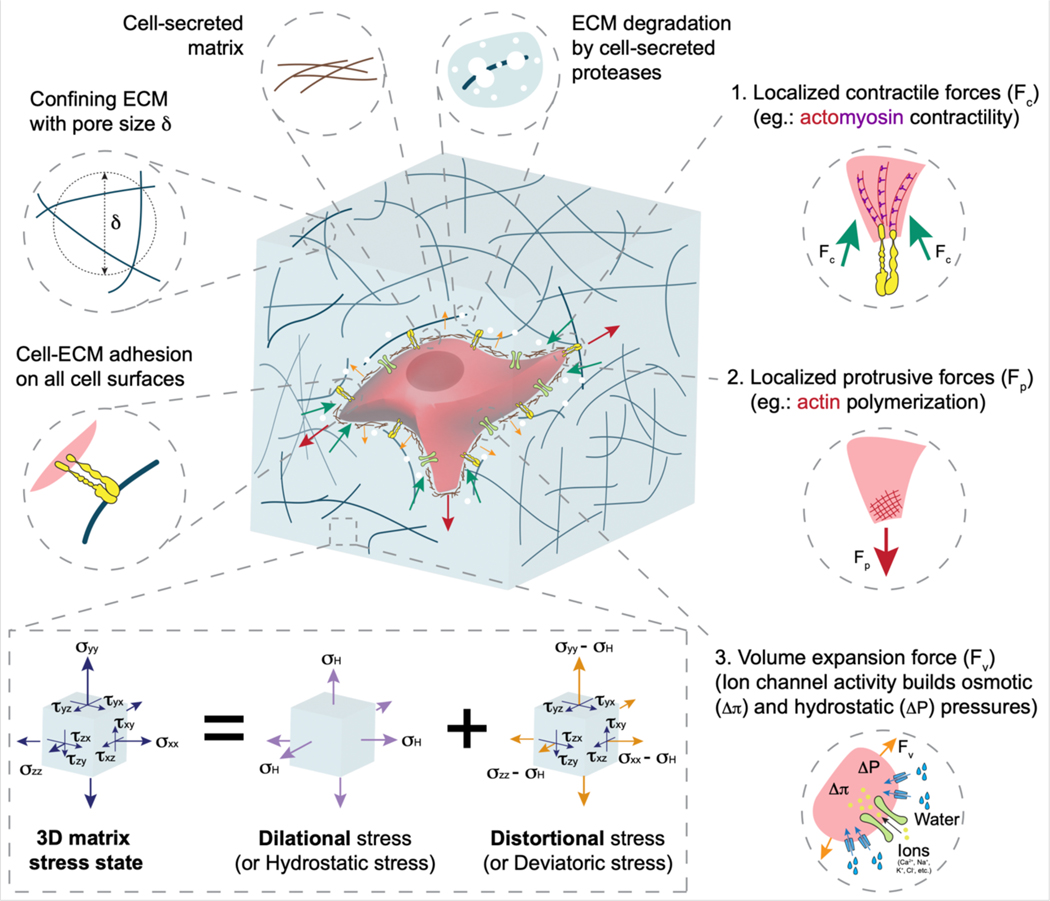Figure 2. Cell–matrix interactions in 3D.
Cells in 3D are confined in all directions due to restrictions imposed by the matrix and can form cell–matrix adhesions on all surfaces contacting ECM. Cells exert contractile, protrusive, and volumetric forces on the matrix, generating dilational and distortional stresses in the ECM, which in turn regulate various cell behaviours (Table 1). Hydrostatic stress is volumetric or dilational stress that acts to increase or decrease the volume of an object on which it acts, without changing its shape. Deviatoric stress is distortional stress that acts to change the shape of an object on which it acts, without changing its volume. Hydrostatic and deviatoric stresses combine to produce net 3D stress fields which cells perceive. These stress fields directly deform cells and influence their behaviour including proliferation, migration and differentiation. In addition to this, such stresses change over time depending on ECM properties such as viscoelasticity, degradability and plasticity, and form a positive feedback loop with the cell-generated forces.

